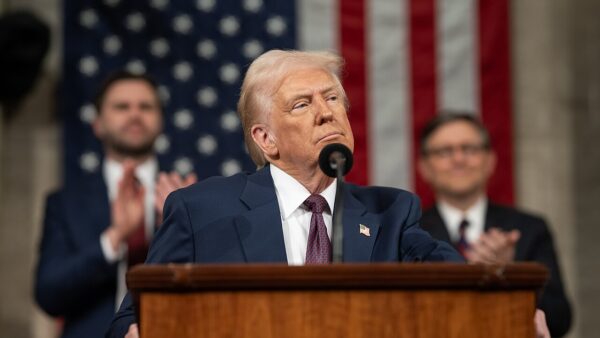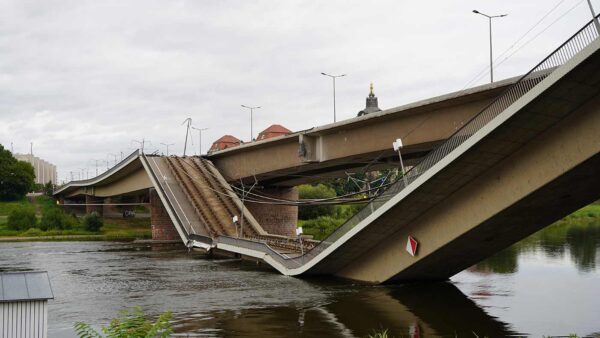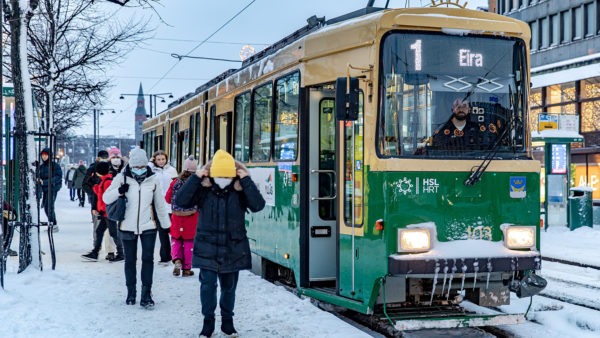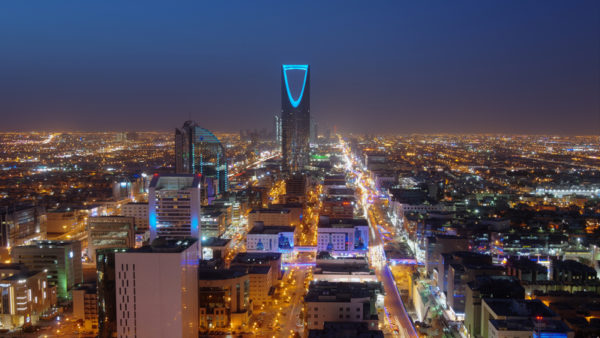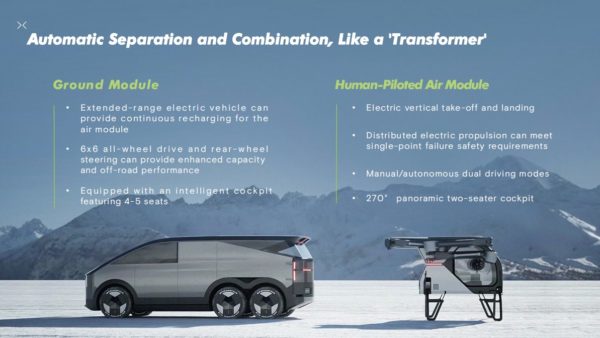The coronavirus has put the global infrastructure market through its paces this year, and 2021 is likely to see some stark changes, says analyst Fitch Solutions.
Published 7 December, its look ahead to next year predicts that infrastructure operators like Vinci, Ferrovial and ACS will spend much less after Covid decimated revenues from airports and to a lesser extent toll roads and public transport systems.
However, it will be a record year for green infrastructure, particularly non-hydropower renewable energy schemes, as governments implement plans to decarbonise and stimulate their economies.
Emerging markets will struggle to attract private investment despite positive borrowing conditions, Fitch says, because risk remains high.
And if the conflict between China and the US continues, it will push many developing countries into choosing between the two for infrastructure support as the US and its allies push back against the Belt and Road Initiative.
Airports grounded
Passenger traffic plunged by between 60% and 75% this year at airports operated by Vinci and Ferrovial, which Fitch believes will push back scheduled investments.
Around the world, major airport developments have been hit by delays. One of earliest hit was the large Terminal 5 project at Singapore’s Changi Airport, which the government put on hold for at least two years while it assesses the future of aviation in a world with Covid-19.Â
In the US, construction of San Francisco International Airport has been pushed deep into 2021 owing to reduced reduced passenger numbers.Â
Some airport projects were halted without even a notional restart date, such as the $1bn San Francisco International Airport project, and the $3bn Terminal F project at Dallas Fort Worth International.
Major packages of the $13bn modernisation of John F. Kennedy (JFK) International in New York City have also been pushed back, among numerous others, Fitch notes.
Green shoots
However, Fitch believes the renewables sector will get a major boost as they anchor governments’ economic recovery plans in tandem with plans to meet carbon reduction targets.
Solar, wind, hydrogen and energy-efficiency retrofits are sure to feature. As an example, France has named a zone off the coast of Normandy for a 1GW wind farm and has begun the tender process to develop it.Â
In the US, construction industry bodies in the US have hailed the election victory of Joe Biden, who campaigned on a $2trn green infrastructure plan that includes a “second great railroad revolution”, building 1.5 million affordable homes, upgrading four million buildings and “weatherising” two million existing homes.Â
Another example would be the plan by Porsche, Siemens and other companies to build a wind farm on the Magellan Straits in southern Chile to power a factory they say can produce 550 million litres of hydrogen-based “e-fuel” a year by 2026. This project has received €8.2m from the German government.
Emerging markets slow to emerge
The picture in emerging markets remains cloudy, in Fitch’s view.
Despite the steady growth in popularity of public-private partnerships (PPPs) for infrastructure, Fitch says private investors remain wary of getting involved because of the uncertain course and duration of the pandemic.
Fitch also believes that “project enabling environments” in many emerging markets remain poor, adding to project risk.
Its Project Risk Index (PRI) measures the level of financing, construction, and operational risk in particular markets and, in key emerging markets looking to PPPs, it is still too high.
Developing Asian infrastructure markets score an average of 49.1 out of 100, well below developed Asian markets with their average of 80.1.
“Without risk profiles improving, emerging market governments will likely be frustrated in their efforts to attract large amount of private capital,” Fitch said.
US or China?
A lack of willing private investors is likely to pressure cash-strapped developing countries to look for help from rich countries with an appetite to lend.
Fitch lays out the possibility of poorer countries having to choose between China, whose lending largesse has transformed infrastructure in Africa and Southeast Asia, and the US, whose appetite for infrastructure lending has been minuscule.
Recently there have been instances of US allies stepping up such investment. It emerged last week that Japan has offered to invest $4bn in Indonesia’s brand new sovereign wealth fund, with the money intended for toll roads, seaports and airports.
And Sweden plans to underwrite up to $2bn in Swedish banks loans to fund Vietnamese airport projects, as Vietnam pushes ahead with dramatically increasing its aviation capacity for tourism, Covid or not.
Fitch predicts that Biden will maintain a tough stance against China but in a different way to his predecessor, with a return to a more multilateral approach to pushing back against Beijing’s infrastructure-lending diplomacy.
Image: Illustrative photo from an existing Ørsted offshore wind farm in the UK (Ørsted)





